Ludwigia helminthorrhiza
Scientific name: Ludwigia helminthorrhiza
Family: Onagraceae
Maximum size reached under cultivation: 2 - 5 cm (0.79 - 1.97 inch)
014
Recommended pH range: 5.8 - 7.4
Recommended water hardness: 3 - 18°dGH (53.57 - 321.43ppm)
0°C 32°F30°C 86°F
Recommended temperature range: 20 - 26 °C (68 - 78.8°F)
Preferred propagation method: Lateral shoots
Native to: South America
Growth rate: Normal
Recommended substrate: Without substrate
Lighting requirements: Bright
Ideal placement in tank: Floating
Common Names
Bushy Seedbox, Rattlebox
Origin
Ludwigia helminthorrhiza originates from tropical and subtropical regions of South and Central America, where it naturally inhabits slow-moving rivers, ponds, and marshes.
Propagation
This species propagates through lateral shoots. As it grows, it produces floating stems that develop small plantlets with their own root systems. Once the plantlets are mature, they naturally detach from the parent plant and continue growing independently. In aquariums, propagation is easy—simply allow the floating shoots to grow, or manually separate and reposition plantlets.
Difficulty
Easy
Short Description
Ludwigia helminthorrhiza is a floating aquatic plant best suited for open-top aquariums, paludariums, or shallow tanks. It thrives in bright light and spreads across the water surface, providing shade and helping to reduce algae growth by consuming excess nutrients. Its buoyant roots are filled with air, keeping it afloat. Under intense lighting, the leaves may turn reddish, while yellowing leaves typically indicate a nutrient deficiency. Although it can survive submerged for short periods, it grows best as a floating or semi-aquatic plant and should not be planted into the substrate.
Placement and Use
This plant is ideal for use as a floating species in aquariums, especially where fish benefit from shaded areas. It is also useful in breeding tanks and naturalistic aquascapes. Avoid overcrowding to ensure healthy growth and proper light penetration.
FAQs – Ludwigia helminthorrhiza
-
Can Ludwigia helminthorrhiza grow completely submerged?
While it may survive temporarily if anchored underwater, this species is not suited for full submersion. It naturally floats and thrives best at the water surface, where its air-filled roots help keep it buoyant.
-
Why is my Ludwigia helminthorrhiza turning yellow?
Yellowing leaves are often a sign of nutrient deficiency, particularly nitrogen or iron. Supplementing with a quality liquid fertilizer can restore healthy green coloration.
-
Is Ludwigia helminthorrhiza suitable for open-top aquariums?
Yes, this plant is perfect for open-top tanks. Its floating nature allows it to spread at the surface, and it can even produce small white flowers under high humidity and strong lighting.
-
Does it provide shade or cover for fish?
Absolutely. Its floating leaves offer natural shade, reduce light intensity in parts of the aquarium, and provide shelter for fry and shy species.
-
Can I use Ludwigia helminthorrhiza in a pond or paludarium?
Yes! It’s ideal for shallow ponds and humid paludariums, as long as it has access to the water surface and receives ample light.
-
How fast does it grow, and how can I control it?
It grows at a moderate pace under good lighting. To prevent overgrowth, simply remove excess plantlets or trim longer shoots.
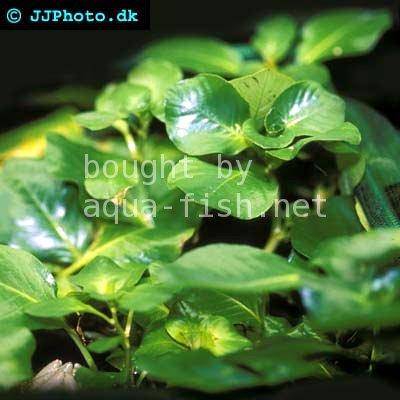
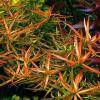 Ludwigia brevipes
Ludwigia brevipes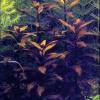 Ludwigia glandulosa
Ludwigia glandulosa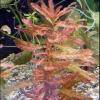 Ludwigia inclinata
Ludwigia inclinata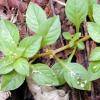 Ludwigia palustris
Ludwigia palustris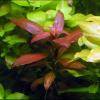 Ludwigia peruensis
Ludwigia peruensis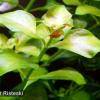 Ludwigia repens
Ludwigia repens